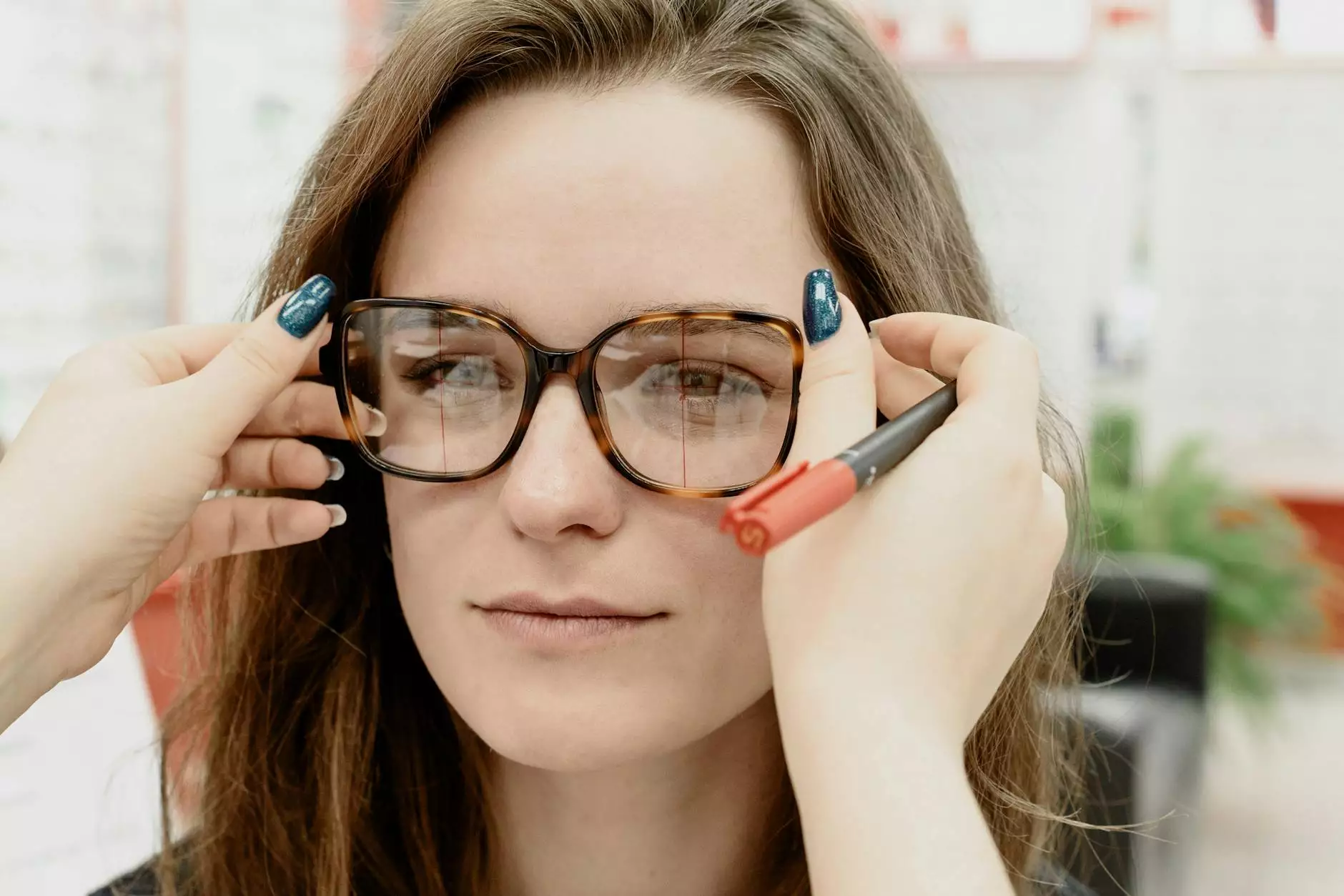In-Depth Guide to Website Usability Testing Methods
Blog
Introduction
Welcome to TNECDA- Creative Design Agency's in-depth guide to website usability testing methods. We understand the significance of user experience when it comes to online success in Arts & Entertainment - Visual Arts and Design. In this comprehensive guide, we will explore various usability testing methods to help you improve your website's user experience and stay ahead of your competitors.
Why Is Usability Testing Important?
Usability testing is a crucial aspect of website development. It allows you to understand how users interact with your website, identify potential issues, and make informed design decisions based on user feedback. By conducting usability tests, you can optimize your website's navigation, content structure, and overall user experience, leading to higher engagement and conversions.
1. Heuristic Evaluation
Heuristic evaluation is a usability testing method where experts analyze your website based on a set of predefined usability principles or heuristics. These experts evaluate your website's design, navigation, and content to identify any potential usability issues. This method provides valuable insights into areas that need improvement, allowing you to enhance user satisfaction and engagement.
2. Think-Aloud Testing
Think-aloud testing involves observing users as they interact with your website. During the test, users are encouraged to verbalize their thoughts, feelings, and expectations out loud. This method helps you gain insights into users' decision-making processes, identify pain points, and uncover usability issues that may not be apparent. By incorporating think-aloud testing, you can make data-driven design decisions that align with your users' needs and preferences.
3. A/B Testing
A/B testing, also known as split testing, involves comparing two versions of your website to determine which one performs better in terms of user engagement and conversions. By presenting different variations of your website to users and measuring their interactions, you can identify the most effective design elements and make informed decisions for ongoing optimization. A/B testing allows you to continuously improve your website's usability and overall user experience.
4. Remote Usability Testing
Remote usability testing enables you to gather user feedback without requiring participants to be physically present. Through screen-sharing software or online platforms, you can observe users as they navigate your website, complete tasks, and provide feedback. This method allows you to reach a larger audience, collect diverse insights, and make informed design decisions based on real user experiences.
5. Eye-Tracking Studies
Eye-tracking studies involve tracking users' eye movements as they interact with your website. By understanding where users focus their attention, you can identify areas of visual significance and optimize your website accordingly. Eye-tracking studies provide valuable insights into user behavior, allowing you to enhance the effectiveness of your design elements, call-to-actions, and overall visual hierarchy.
Conclusion
In conclusion, TNECDA- Creative Design Agency's in-depth guide to website usability testing methods aims to equip you with valuable insights and techniques to enhance the user experience of your Arts & Entertainment - Visual Arts and Design website. By implementing the aforementioned usability testing methods, you can optimize your website's design, functionality, and overall usability, ultimately attracting and retaining more satisfied visitors. Stay ahead of the competition and prioritize user experience to achieve online success.










